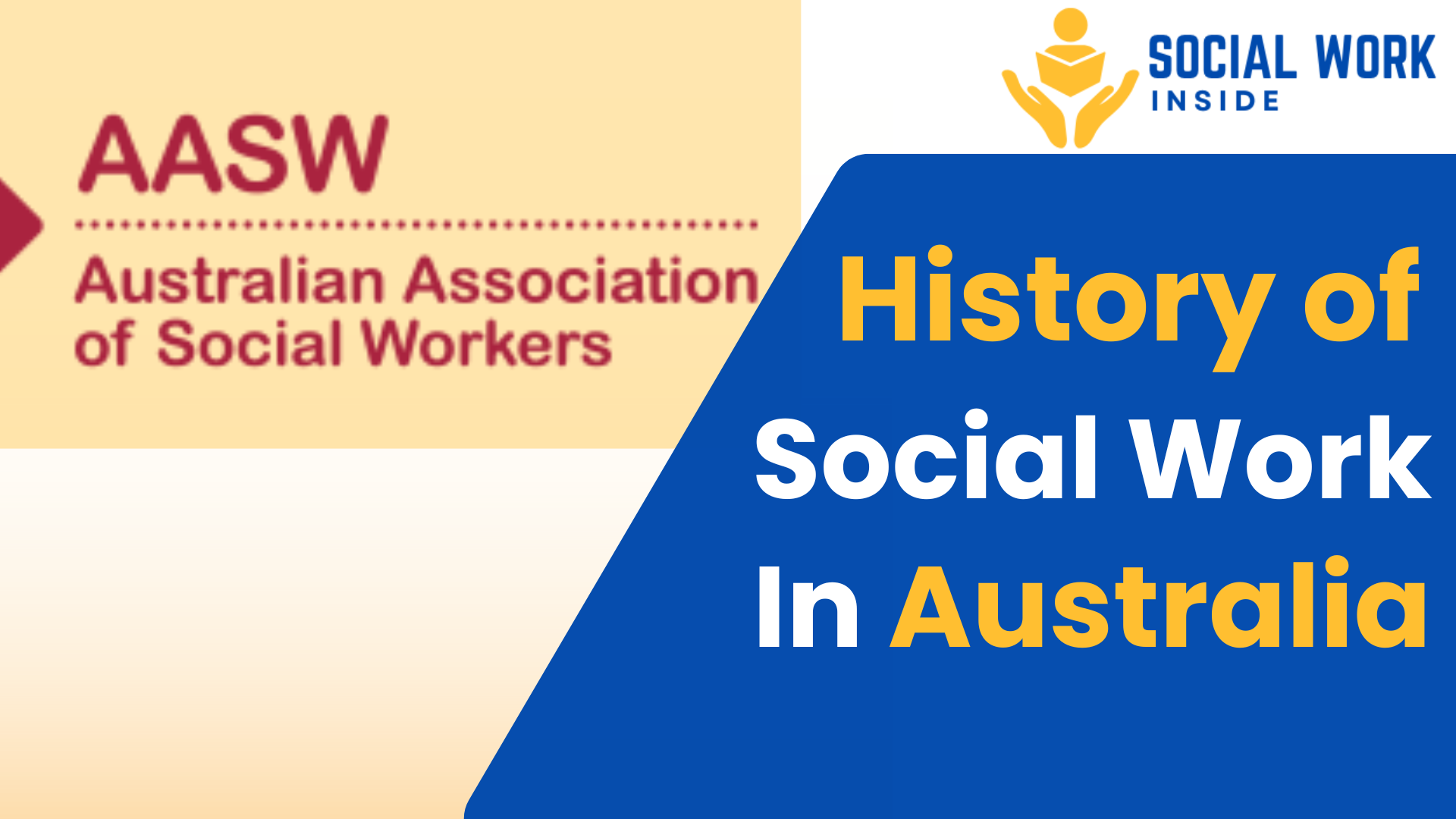History of Social Work in Australia

Social work in Australia has developed over the centuries from informal community support to a well-structured profession that addresses social justice, welfare, and human rights issues. The field has been shaped by historical events, government policies, and the evolving needs of Australian society.
Early Social Work Efforts (1788–1900)
- Social work in Australia initially took the form of charity work provided by religious organizations, benevolent societies, and volunteers.
- The British Poor Laws influenced early welfare practices, focusing on institutional care for the poor, sick, and destitute.
- The first social welfare institutions, such as orphanages, almshouses, and hospitals, were established to provide relief to marginalized populations.
The Rise of Professional Social Work (1901–1945)
- The Federation of Australia in 1901 led to an increased governmental role in social welfare.
- The introduction of old-age pensions (1908) and maternity allowances (1912) marked the beginning of formalized social welfare policies.
- The Great Depression (1929–1939) highlighted the need for professional social workers to manage growing unemployment and poverty.
- The first university-level social work courses were introduced in the 1940s to provide structured education in the field.
Expansion and Recognition of Social Work (1945–1970)
- After World War II, Australia experienced a shift toward a welfare state, with social work becoming a recognized profession.
- The Australian Association of Social Workers (AASW) was established in 1946 to set professional standards and advocate for social justice.
- Social workers played a crucial role in addressing issues such as post-war migration, housing shortages, and child welfare.
Social Work Reforms and Growth (1970–1990)
- The 1970s saw an increased focus on social justice, feminism, and Indigenous rights within social work practice.
- The Whitlam Government (1972–1975) expanded social welfare programs, including universal healthcare and free tertiary education.
- Social workers became more involved in policy advocacy, mental health services, and community development initiatives.
- The 1980s witnessed the professionalization of social work, with greater emphasis on evidence-based practice and ethical standards.
Social Work in the 21st Century
- The scope of social work in Australia has expanded to include aged care, disability services, refugee support, and family violence intervention.
- The National Disability Insurance Scheme (NDIS), introduced in 2013, created new opportunities for social workers to support people with disabilities.
- The Royal Commission into Institutional Responses to Child Sexual Abuse (2013–2017) reinforced the importance of social work in child protection and trauma support.
- Social workers continue to play a key role in responding to issues such as homelessness, substance abuse, mental health, and climate-related social challenges.
Government and Institutional Support
- Australian universities offer accredited social work degrees, ensuring a high standard of professional education.
- Government agencies such as Centrelink, the Department of Social Services, and non-profit organizations employ social workers in various capacities.
- The Australian Association of Social Workers (AASW) remains the primary regulatory and advocacy body for the profession.
Top Universities For Social Work In Australia
Australia offers a range of esteemed universities providing comprehensive social work programs. Here are Eleven top institutions renowned for their social work courses:
- University of Queensland (UQ)
- University of Sydney
- University of Melbourne
- Monash University
- University of Queensland
- University of New South Wales (UNSW)
- Deakin University
- La Trobe University
- University of Western Australia
- Charles Darwin University
- University of New England
Conclusion
The history of social work in Australia reflects the nation’s evolving commitment to social justice, equality, and human rights. As societal challenges continue to emerge, social workers remain essential in supporting vulnerable populations and advocating for policy reforms that enhance community well-being.



